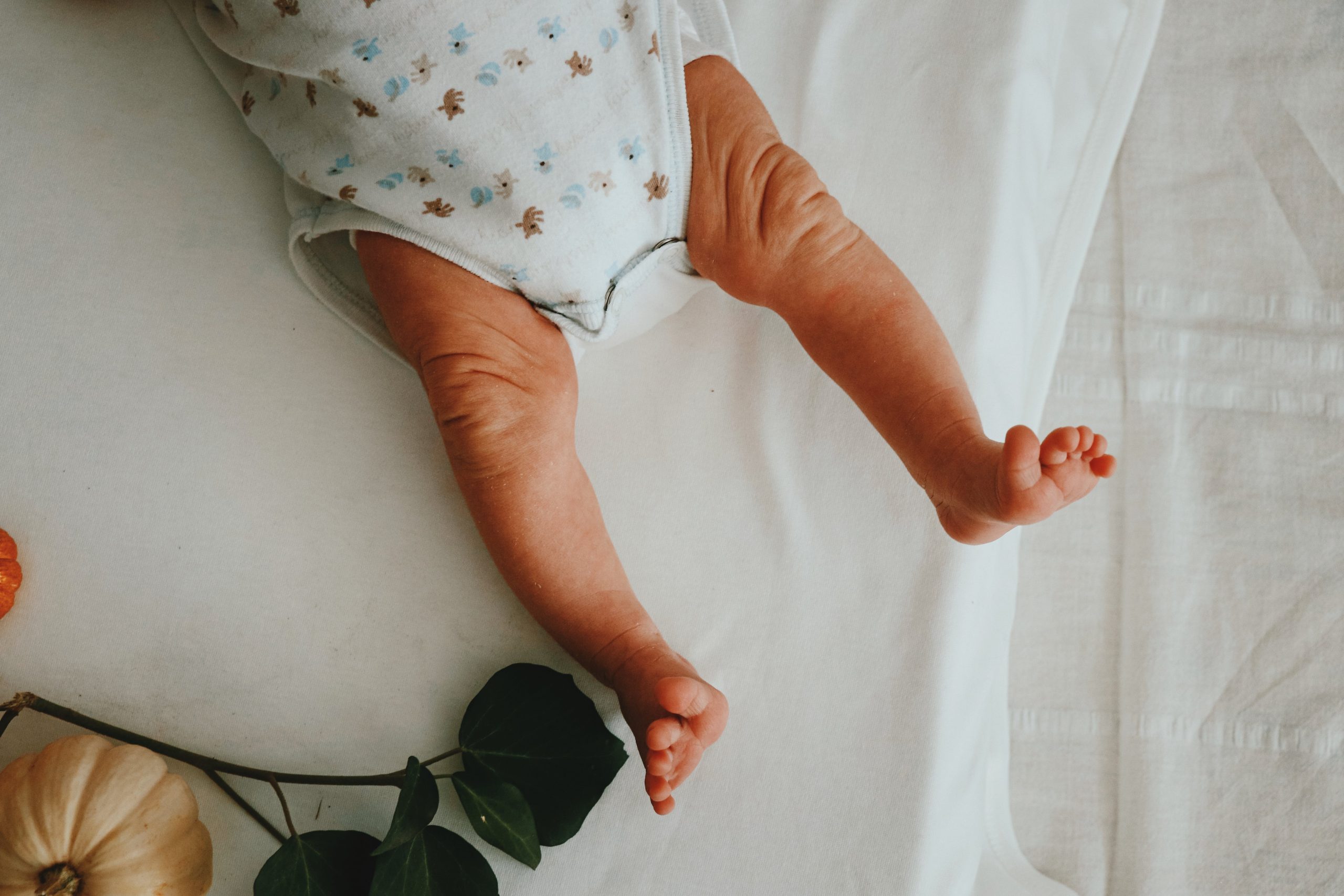When to Go Up a Diaper Size: A Parent’s Guide
Navigating the diapering journey with your baby is filled with milestones and adjustments. One of the most critical aspects is identifying the right moment to transition to a larger diaper size. This decision not only ensures your baby’s comfort but also prevents leaks, which can disrupt sleep and daily routines. In this informative article, we’ll delve into several key indicators that clearly signal it’s time to upgrade your baby’s diaper size.
Signs That Indicate Your Baby Needs a Larger Diaper Size:
1. Struggling with Snugness
When you find yourself exerting extra effort to fasten the diaper tabs or notice that the elastic around the waist and legs seems overly stretched, it’s a telltale sign that the current diaper might be too tight. A properly fitting diaper allows for easy movement without causing any discomfort or leaving marks on your baby’s tender skin.
2. Persistent Leaks
Frequent diaper leaks, even after timely changes, are often a symptom of an insufficient diaper size. If you’re witnessing leaks around the leg openings or up the back, it’s a strong indication that it’s high time to move up to the next size.
3. Weight Milestones Met
Babies grow at lightning speed, and their weight gain serves as a reliable benchmark for diaper sizing. Diaper brands typically provide weight ranges for each size. As soon as your little one surpasses the recommended weight limit, consider making the switch to the bigger size.
4. Skin Health Warnings
Diapers should never cause red marks, indentations, or rashes on your baby’s skin. If you observe such signs upon removing the diaper, it’s a clear message that a looser, larger size is needed. Always remember, a comfortable diaper equals a content baby.
Transitioning Strategies
5. Rise Adjustment Checkpoint
Many modern diapers feature adjustable rise settings to accommodate growth. If your baby has outgrown the highest adjustment level, this is a definitive sign to size up. Be sure that the diaper fits from belly button down to the bottom with enough space for natural movement.
6. Proactive Monitoring
Each baby grows differently, so staying attentive to your child’s unique needs is crucial. Regularly check the fit and function of their diaper, ready to make the change earlier or later than anticipated based on individual development.
Additional Considerations and Tips
7. Nighttime Leaks
Babies often urinate more during their sleep cycles, so if you notice persistent leaks only at night, it might be due to the diaper not having enough absorbency for extended periods. Try using a larger size or overnight diapers specifically designed for heavy wetters before assuming the issue is with the size alone.
8. Clothing Fit
If your baby’s clothing seems unusually snug around the diaper area, especially when worn over cloth diapers or thicker disposable ones, this could indicate that the diaper is too bulky. Larger diaper sizes are usually designed to provide the same level of absorbency but with less bulkiness.
9. Diaper Tabs Meeting in the Middle
When fastening the diaper tabs, if they barely meet or cross over each other in the middle of the front panel, this means the diaper is probably too small. A correctly fitting diaper should allow the tabs to attach comfortably without overlapping excessively.
10. Consult Manufacturer Guidelines
While general weight guidelines can be helpful, always refer to the specific brand’s sizing chart as different manufacturers may have slight variations. They often include indicators like waist and hip measurements to help determine the best fit.
11. Baby’s Movements and Activities
As babies start rolling, crawling, and walking, they need a diaper that doesn’t hinder their movements. If the current diaper seems to restrict mobility or falls off during active play, it’s time to consider a bigger size.
12. Trial and Error Process
Sometimes, finding the perfect diaper fit can involve some trial and error. Don’t hesitate to try a new size, even if your baby isn’t quite at the recommended weight range. It’s better to err on the side of comfort and adjust as needed rather than waiting for an exact milestone.
Conclusion
In summary, determining when to go up a diaper size involves meticulous attention to your baby’s comfort levels, fit, and frequency of leakage incidents. By being mindful of these subtle cues, you empower yourself to keep your baby dry, happy, and cozy in their diapers throughout various stages of growth. Embrace each diaper size change as a step forward in your baby’s development journey, handling it with both confidence and care.





